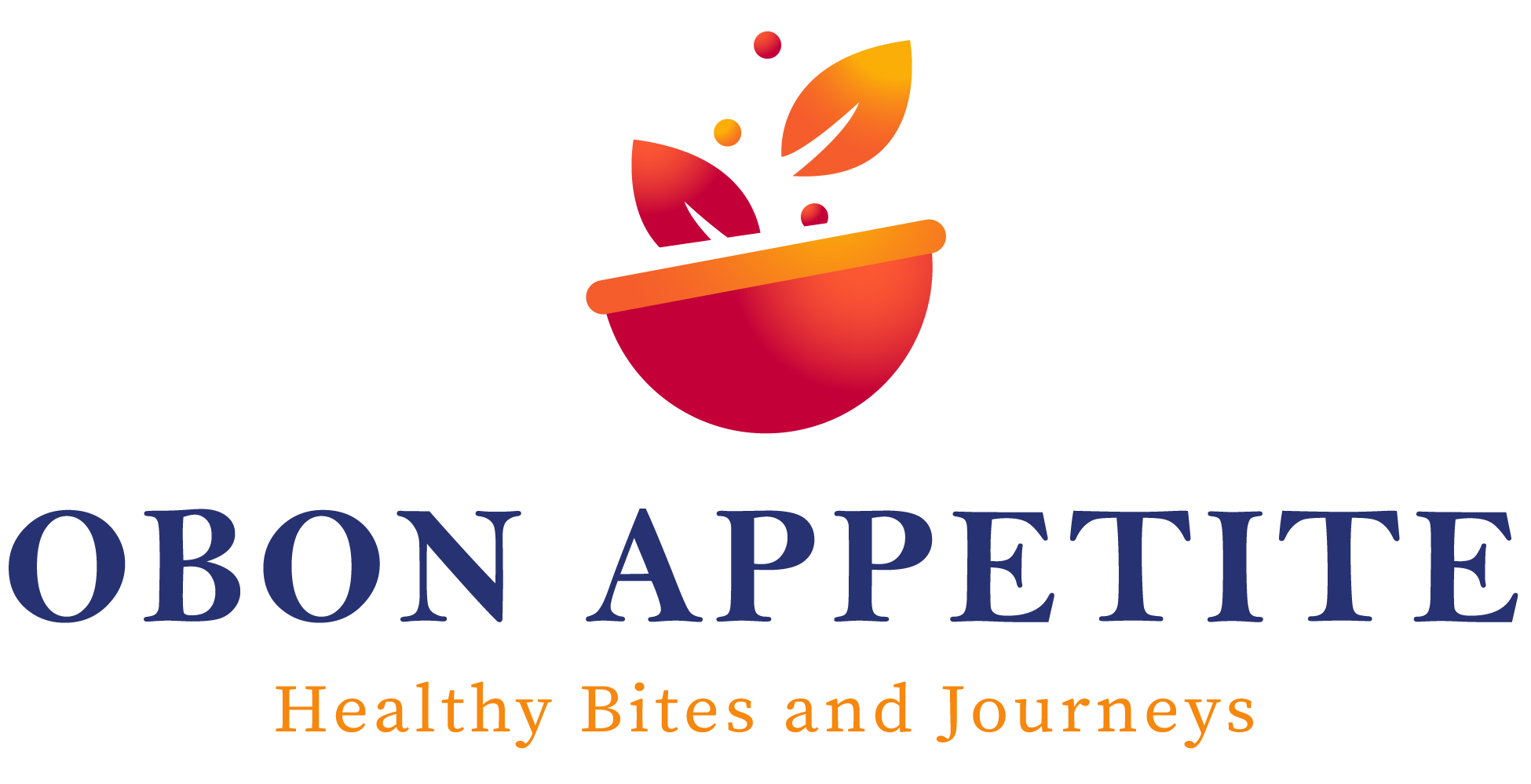
Spicy Korean Tteokbokki Recipe: Make Delicious Rice Cakes at Home
Introduction
tteokbokki rice cake recipe, widely celebrated as a popular Korean street food, is a delicious dish made primarily from chewy rice cakes and a variety of flavorful ingredients. This savory and spicy dish has captured the hearts of many Korean food lovers both locally and internationally. In this article, we will explore the rich history of tteokbokki, its key ingredients, and offer various recipes, including classic, non-spicy, vegetarian, and more. Whether you are looking to make tteokbokki from scratch or using frozen rice cakes, this guide will ensure a delectable experience in your own kitchen.
Origin & History of Tteokbokki
Tteokbokki has its roots deeply embedded in Korean cuisine, dating back to the Joseon Dynasty. Originally known as “tteokjjim,” this dish consisted of steamed rice cakes served with a sweet sauce. Over time, the recipe evolved, and the addition of gochujang, a Korean chili paste, transformed it into the spicy version we enjoy today. The dish became increasingly popular as Korean street food in the 1950s, particularly around the bustling markets of Seoul. Today, tteokbokki is not just a staple street food; it has become an integral part of Korean culinary culture, loved for its chewy texture and spicy flavor.
Also see Discover the best coffee in the world: a journey through premium coffee beans and regions
As the popularity of tteokbokki surged, various regional adaptations emerged, showcasing unique ingredients and flavors. Street vendors began to incorporate fish cakes, green onions, and even hard-boiled eggs into their recipes, making tteokbokki a versatile dish. The convenience of making tteokbokki using frozen rice cakes has contributed to its widespread appeal, allowing anyone to enjoy this traditional treat at home. This evolution reflects the dynamic nature of Korean cuisine, where traditional recipes are constantly adapted to suit modern tastes and lifestyles.
Understanding Key Ingredients
To create the perfect tteokbokki, it’s essential to understand the key ingredients that contribute to its signature taste. The primary ingredient is, of course, the rice cake, known as “tteok.” These chewy rice cakes are typically made from glutinous rice flour and can be found in various shapes, but the cylinder-shaped rice cakes are the most popular for tteokbokki. Another critical component is gochujang, a Korean chili paste that adds a spicy kick and depth of flavor to the dish. Additionally, fish cakes, soy sauce, and green onions are often included to enhance the overall taste.
Classic Tteokbokki Recipe
To prepare a classic tteokbokki, you’ll need some essential ingredients, including chewy rice cakes, fish cakes, gochujang, and Korean chili flakes (gochugaru). Begin by soaking the rice cakes in warm water for about 30 minutes to soften them. In a pot, combine water, gochujang, soy sauce, and gochugaru to create a flavorful tteokbokki sauce. Bring the mixture to a simmer, then add the drained rice cakes and sliced fish cakes. Allow everything to cook together for about 10-15 minutes until the sauce thickens and the rice cakes are thoroughly coated.
Go get your trash bags
Our Top Picks

Karaca Rossa 6 Piece Kitchen Utensil Set
Karaca Rossa 6 Piece Kitchen Utensil Set, Cream Black is waiting for you with the advantageous price of 14.95 GBP and the assurance of Karaca.

Joseph joseph Elevate Carousel 6 Piece Kitchen Utensil Set
Joseph joseph Elevate Carousel 6 Piece Kitchen Utensil Set, Multi is waiting for you with the advantageous price of 75.95 GBP and the assurance of Karaca.

Karaca 4 Piece Stainless Steel Mixing Bowl Set
Karaca 4 Piece Stainless Steel Mixing Bowl Set, Silver is waiting for you with the advantageous price of 29.99 GBP and the assurance of Karaca.

Karaca Urbanwood Wooden Round Serving Board
Karaca Urbanwood Wooden Round Serving Board, 260mm, Wood is waiting for you with the advantageous price of 16.99 GBP and the assurance of Karaca.
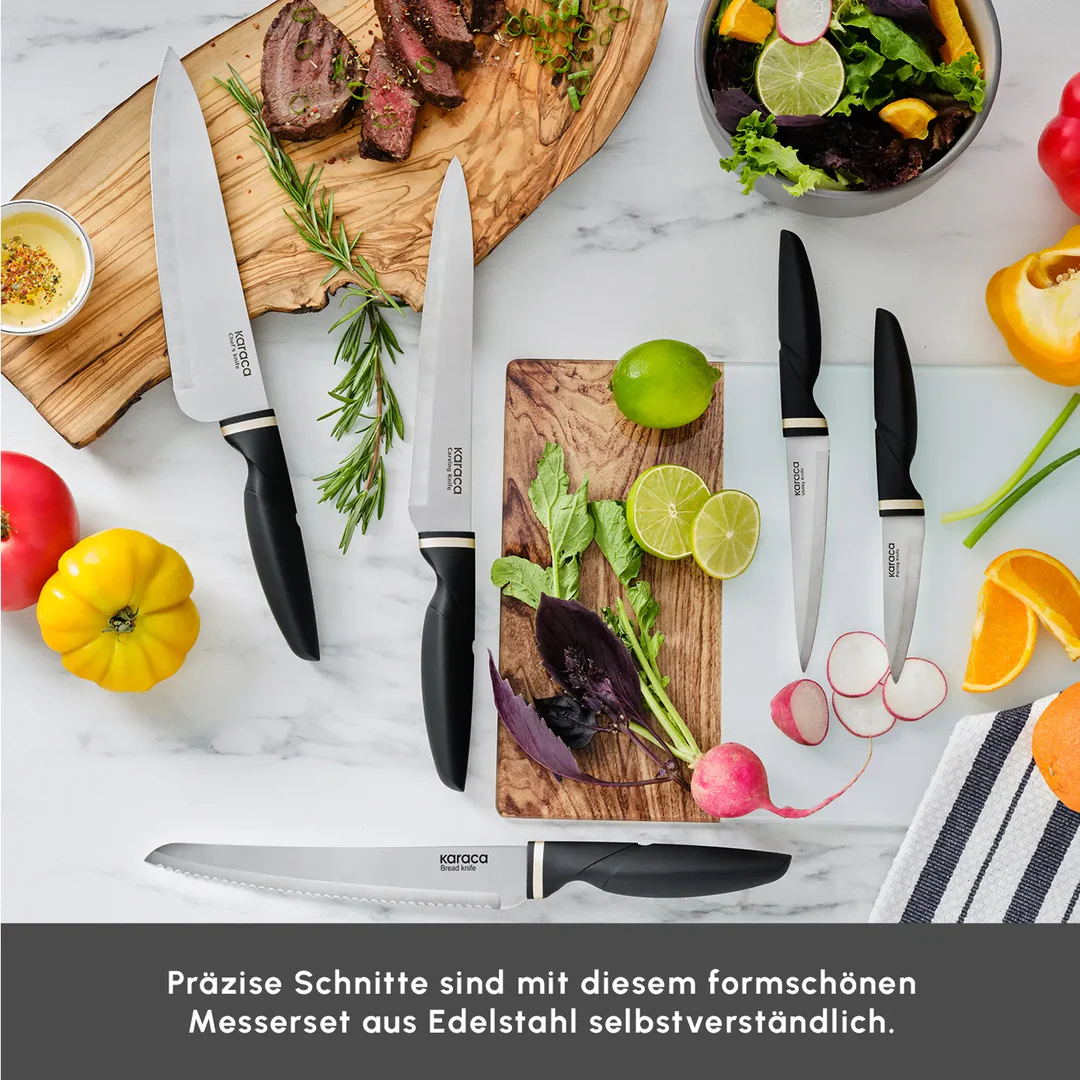
Karaca Proofcut 6-piece knife set
Contents: 1 vegetable knife 1 piece cleaver 1 piece cutting knife 1 piece bread knife 1 chef's knife (20 cm) 1 knife apparatus2-year warranty Spare parts are included. It can be washed in the dishwasher.
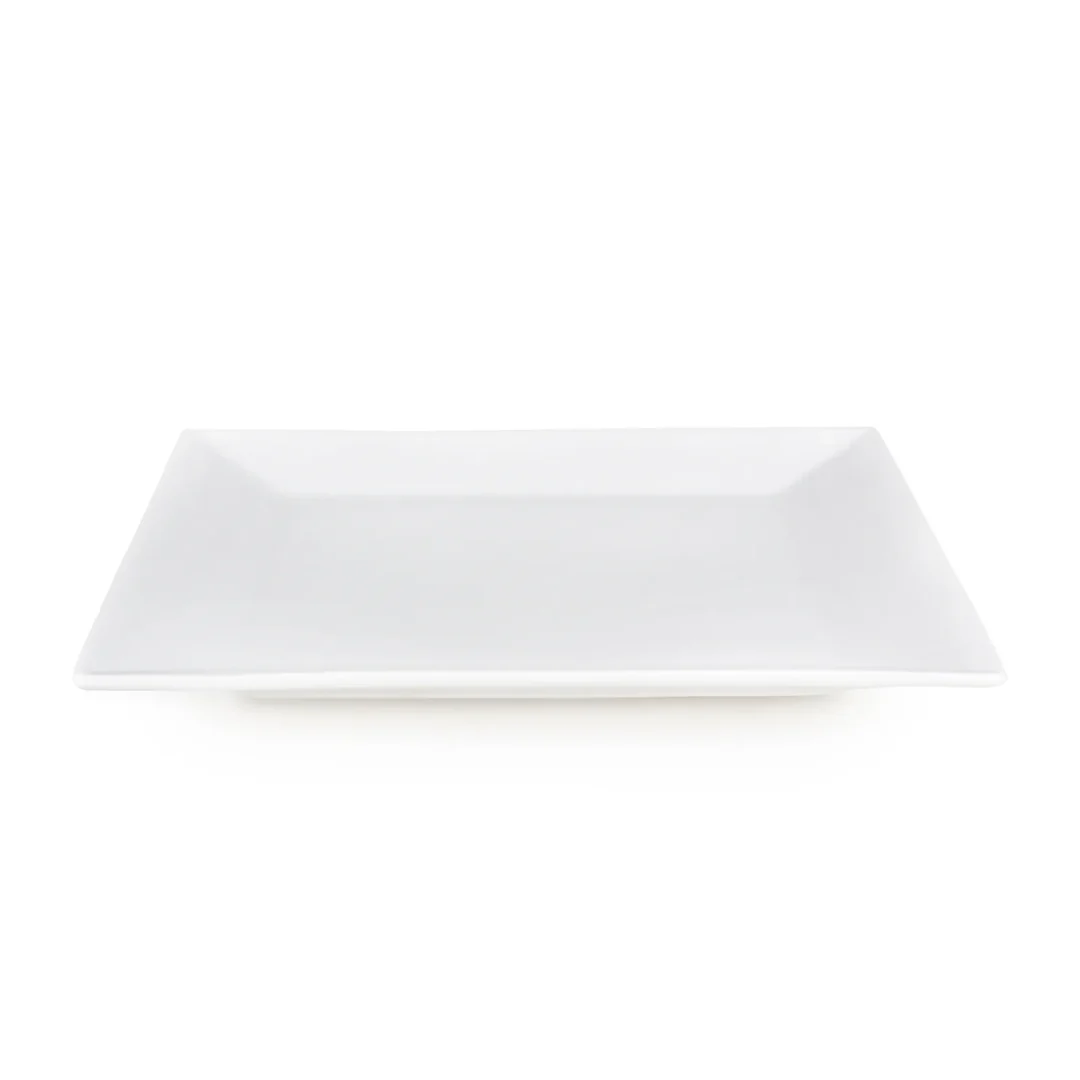
Karaca Carmen Trend Porcelain Plate Square 22 cm
Karaca Carmen Trend Porcelain Plate Square 22 cm Dimensions: 22 cm Material: Porcelain

Utopia Kitchen 2 Quart Nonstick Saucepan with Detachable handle & Glass Lid
Karaca 3Ply PowerSteel Copper Saucepan, 1.4L, Copper is waiting for you with the advantageous price of 74.99 GBP and the assurance of Karaca.

Oxo Measuring Cup Glass
Oxo Measuring Cup Glass, Transparent is waiting for you with the advantageous price of 15.99 GBP and the assurance of Karaca.
To prepare a classic tteokbokki, you’ll need some essential ingredients, including chewy rice cakes, fish cakes, gochujang, and Korean chili flakes (gochugaru). Begin by soaking the rice cakes in warm water for about 30 minutes to soften them. In a pot, combine water, gochujang, soy sauce, and gochugaru to create a flavorful tteokbokki sauce. Bring the mixture to a simmer, then add the drained rice cakes and sliced fish cakes. Allow everything to cook together for about 10-15 minutes until the sauce thickens and the rice cakes are thoroughly coated.Go get your trash bags
As you make the tteokbokki, keep an eye on the texture of the rice cakes. You want them to be chewy yet tender, soaking up the spicy sauce without becoming mushy. To finish, garnish your tteokbokki with chopped green onions for a fresh touch. This classic tteokbokki recipe is not only easy to follow but also a delightful way to indulge in the rich flavors of Korean cuisine. You can also customize the dish by adding ingredients like boiled eggs or cheese, enhancing its appeal for various palates.
Non-Spicy Tteokbokki Recipe
If you prefer a milder version of tteokbokki, a non-spicy recipe is an excellent alternative. Start by preparing your rice cakes and soaking them in warm water. Instead of gochujang, use a combination of soy sauce and a touch of sugar to create a sweeter sauce. In a pot, combine water, soy sauce, sugar, and any additional seasonings you desire, such as garlic or sesame oil. Bring the mixture to a gentle simmer, then add the soaked rice cakes and fish cakes.
Cook the tteokbokki for about 10 minutes, stirring occasionally to ensure the rice cakes absorb the flavors evenly. The result will be a deliciously savory dish that maintains the chewy texture of traditional tteokbokki without the heat. This non-spicy version is perfect for those who want to enjoy the essence of Korean street food while avoiding the spiciness associated with gochujang. Serve it with a sprinkle of sesame seeds or green onions for added flavor and visual appeal.
Vegetarian Tteokbokki
For those looking for a vegetarian option, tteokbokki can easily be adapted to fit this dietary preference. Start by soaking the chewy rice cakes in warm water to soften them. Instead of fish cakes, consider using tofu or a variety of vegetables like carrots, zucchini, and bell peppers to add flavor and texture. The sauce can remain similar, utilizing gochujang and soy sauce for that iconic taste, but you can also add vegetable broth for extra depth.
Once your ingredients are prepped, combine them in a pot with water and the tteokbokki sauce. Simmer the mixture until the rice cakes and vegetables are tender and the sauce has thickened. This vegetarian tteokbokki is not only delicious but also packed with nutrients. It’s a fantastic way to enjoy Korean cuisine without compromising on flavor. Serve hot, garnished with green onions, and enjoy a comforting meal that reflects the heart of Korean street food culture.
Vegan Tteokbokki
Creating a vegan version of tteokbokki is straightforward and equally satisfying. Begin with the same base of chewy rice cakes, soaking them in warm water until they soften. For protein, opt for plant-based alternatives like tofu, mushrooms, or even tempeh. The sauce remains similar, with gochujang and soy sauce as the main components, ensuring that the dish maintains its signature spicy flavor without using any animal products.
In a pot, combine water, gochujang, soy sauce, and any additional spices you prefer, such as garlic or ginger. Once the sauce is simmering, add the soaked rice cakes and your choice of vegetables and protein. Let everything cook together until the rice cakes are tender and the sauce thickens to your desired consistency. This vegan tteokbokki is not only a delightful dish for those following a plant-based diet, but it also showcases the versatility of Korean cuisine, making it accessible to everyone.
Cheesy Tteokbokki
For a unique twist on the classic recipe, cheesy tteokbokki is a must-try. Start by preparing your chewy rice cakes as usual, soaking them in warm water. As you cook the rice cakes in the spicy sauce made from gochujang and soy sauce, add a generous amount of cheese—mozzarella is a popular choice. The cheese melts beautifully, creating a creamy texture that complements the spiciness of the dish.
Combine the melted cheese with the rice cakes and sauce, stirring until everything is well mixed. The result is a delightful fusion of flavors, where the heat of the tteokbokki balances perfectly with the richness of the cheese. Serve your cheesy tteokbokki hot, garnished with green onions or additional cheese if desired. This variation is particularly popular among younger audiences and is a fun way to introduce Korean street food to those who may be hesitant about spice. It’s another delicious way to experience the comforting and satisfying elements of tteokbokki.
Making Tteokbokki with Ramen
A creative and filling way to enjoy tteokbokki is by incorporating ramen noodles into the dish. Begin by preparing your rice cakes and soaking them in warm water. Cook your ramen noodles separately according to the package instructions, ensuring they remain slightly firm since they will be added to the sauce later. In a pot, create the tteokbokki sauce using gochujang, soy sauce, and your favorite seasonings.
Once the sauce is simmering, add the soaked rice cakes and let them cook for a few minutes. Afterward, gently fold in the cooked ramen noodles, allowing them to soak up the bold flavors of the sauce. This combination results in a hearty dish that combines the chewy texture of rice cakes with the comforting qualities of ramen. Serve immediately, garnished with green onions and sesame seeds for a delightful fusion of Korean street food. This recipe is perfect for those looking to enjoy a filling meal that highlights the best of both worlds.
Alternative Ingredients
While traditional tteokbokki is made with specific ingredients, there’s room for creativity when it comes to alternatives. For instance, if you can’t find Korean rice cakes, consider using other types of chewy noodles or even pasta as a substitute. Additionally, various vegetables such as mushrooms, bok choy, or cabbage can enhance the nutritional value of your dish. The sauce can also be adjusted; if you prefer a less spicy version, try using a mild chili paste or omit the gochugaru altogether.
Experimenting with different proteins, such as chicken, beef, or shrimp, can also add a unique twist to your tteokbokki. The beauty of this dish lies in its adaptability, allowing you to customize it to your taste preferences. Using frozen ingredients can also save time, making it easy to whip up a quick meal. By exploring alternative ingredients, you can enjoy a personalized version of tteokbokki that still captures the essence of this beloved Korean street food.
Pro Cooking Tips
To make the best tteokbokki, consider a few pro cooking tips that can enhance your dish significantly. First, always soak the rice cakes in warm water before cooking to achieve the perfect chewy texture. This step ensures that they will absorb the flavors of the sauce better and won’t become too hard during the cooking process. Additionally, adjust the spiciness of your tteokbokki by varying the amount of gochujang and gochugaru according to your taste preferences.
Another handy tip is to simmer the tteokbokki sauce for a longer time to intensify the flavors. This step allows the ingredients to meld beautifully, creating a rich and spicy sauce that coats the rice cakes perfectly. Lastly, don’t hesitate to add any leftover vegetables or proteins you have on hand; this not only enhances the dish’s flavor but also minimizes food waste. These tips will help you achieve a delicious tteokbokki experience that delights everyone at your table.
Serving Suggestions
When it comes to serving tteokbokki, presentation can elevate the dining experience. Serve the dish hot in a shallow bowl or on a plate, garnished with chopped green onions and sesame seeds for a pop of color. To complement the flavors, consider offering sides like pickled radishes or kimchi, which balance the dish’s spiciness with their refreshing crunch. Tteokbokki can also be enjoyed as part of a larger Korean meal, alongside other dishes like Korean BBQ or rice cake soup.
For a more interactive dining experience, you can serve tteokbokki in a communal pot, allowing everyone to enjoy the dish together. This approach not only makes for a fun meal but also reflects the communal aspect of Korean dining culture. Whether enjoyed as a snack, appetizer, or main course, tteokbokki is sure to impress your guests with its bold flavors and delightful textures. Don’t forget to have extra sauce on the side for those who love an extra kick!
Nutrition Facts
Tteokbokki is not only a treat for your taste buds, but it can also be a fairly nutritious dish when prepared thoughtfully. The primary ingredient, chewy rice cakes, provides carbohydrates that give you energy. When combined with vegetables and proteins, you can create a balanced meal rich in vitamins and minerals. However, it’s important to be mindful of the sodium content, especially if you’re using soy sauce and gochujang, which can be high in salt.
To enhance the nutritional profile of tteokbokki, consider adding a variety of vegetables such as carrots, bell peppers, or spinach to increase fiber content. Additionally, using less sugar in your sauce can make it a healthier option. Overall, tteokbokki can be enjoyed as part of a balanced diet when prepared with fresh ingredients and mindful cooking practices. It’s a delicious way to indulge in Korean cuisine while also considering your health.
Storage & Reheating Tips
Storing leftover tteokbokki is simple, and with the right techniques, you can enjoy it even after the initial meal. Allow the dish to cool completely before transferring it to an airtight container. Tteokbokki can be stored in the refrigerator for up to 3 days. When reheating, it’s best to warm it on the stove over low heat, adding a splash of water or broth to prevent it from becoming too dry. Stir occasionally until heated through.
If you have a significant amount of tteokbokki, consider freezing it for longer storage. Ensure it is in a freezer-safe container, and it can be kept for up to 2 months. When ready to enjoy, thaw it in the refrigerator overnight before reheating. This method preserves the texture and flavors of the dish, allowing you to savor the delightful taste of homemade tteokbokki anytime you crave it. Proper storage and reheating ensure that you can enjoy this delicious Korean street food even after a few days.
FAQs
Many people have common questions about making and enjoying tteokbokki. One frequently asked question is whether you can use frozen rice cakes. Yes, you can use frozen rice cakes directly without thawing them first, but it’s essential to soak them in warm water before cooking for the best texture. Another common query is about adjusting the spiciness; you can easily modify the amount of gochujang and gochugaru in the recipe to suit your taste preferences.
Lastly, some may wonder if tteokbokki can be made ahead of time. While it’s best enjoyed fresh, you can prepare the sauce and soak the rice cakes in advance. Just combine everything when you’re ready to serve. These tips and answers can help ensure your tteokbokki experience is enjoyable and hassle-free, allowing you to fully appreciate this beloved Korean street food.
Related Post
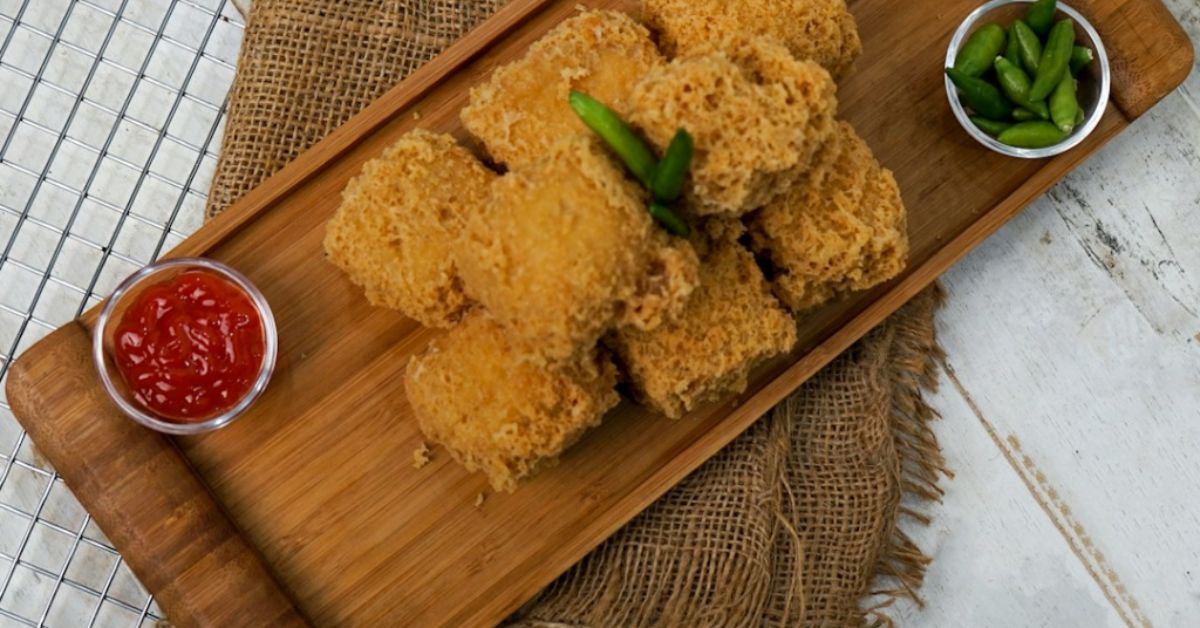
Crispy Chicken Samosa Recipe | Easy, Flavorful & Perfect for Snacks
Our editorial team individually chooses every product that is suggested on obonappetite. We might get paid if you buy something
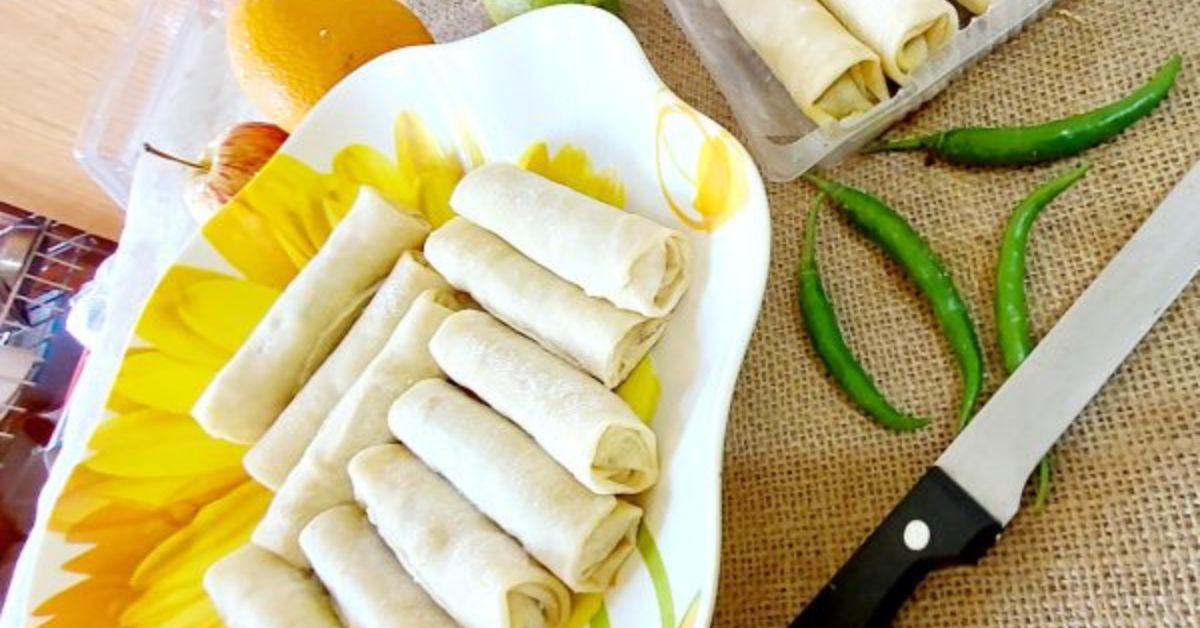
How to Make Spring Rolls and Peanut Sauce | Fresh, Crunchy and Flavorful Recipe
Our editorial team individually chooses every product that is suggested on obonappetite. We might get paid if you buy something
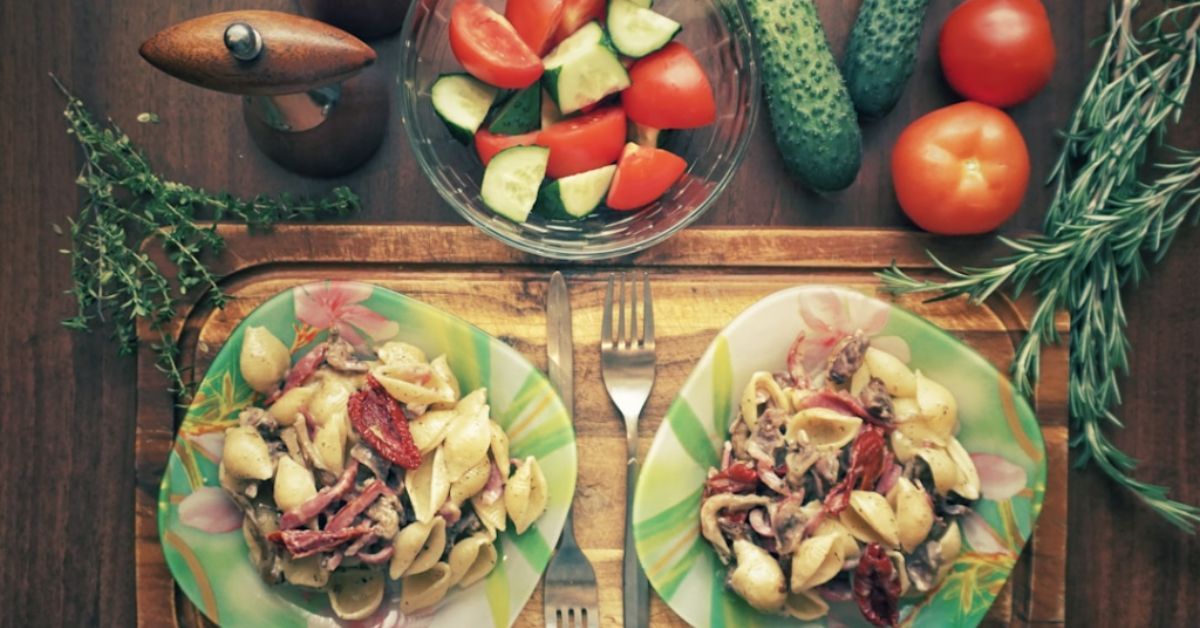
Can You Get Disney Meal Plan Without Staying on Property?
Our editorial team individually chooses every product that is suggested on obonappetite. We might get paid if you buy something
